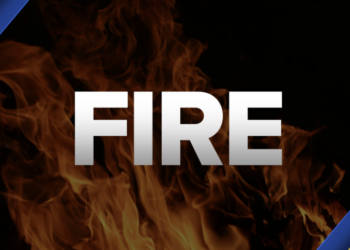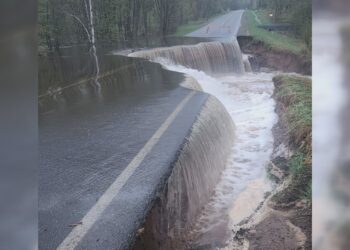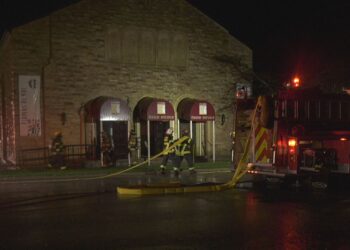The warm spell began Easter Sunday and lasted a full week. From April 9 – 15, the mean temperature at the National Weather Service came in an incredible 21.3° above average. That means a snow cover of over three feet at the NWS office melted down to next to nothing in just seven days.
Now, the next season to be concerned about is wildfire season. The prime time for Upper Michigan wildfires is spring– the time between the final snowmelt and full green-up. The vegetation in the forest can quickly become tinder dry and lead to a critical fire danger.
One of the worst fires in recent times was the Duck Lake Fire in May 2012. An incredibly warm weather pattern set in during March that year, which meant the winter snow cover melted quickly. Upper Michigan was under moderate drought conditions during May 2012. A lightning strike on May 23 in Luce County north of Newberry started the fire. The fire then burned out of control for a number of days leading up to Memorial Day weekend. Over 21,000 acres were burned along with 49 homes and cabins, plus a store and motel.
Wildfires have been at a minimum since then because of wet springs. The outlook through this spring is for above-average precipitation. The combination of wet ground and above-average rainfall will hopefully keep wildfire at a minimum again this spring.


















